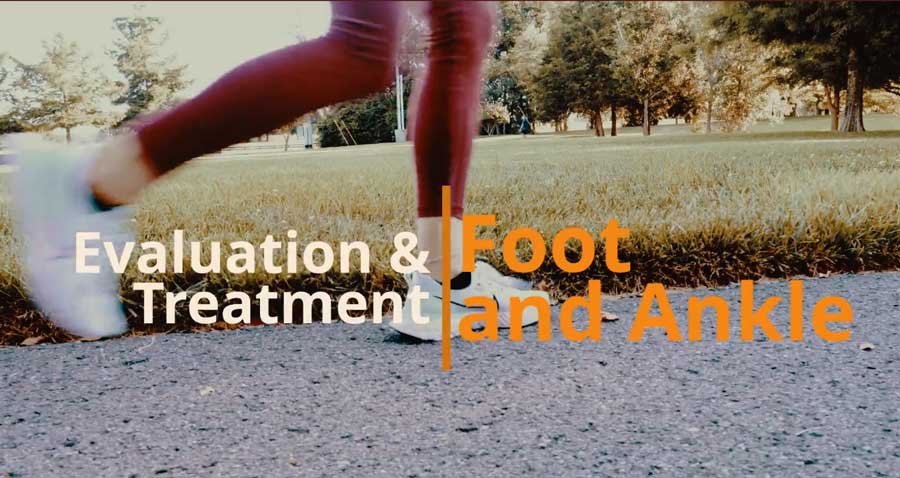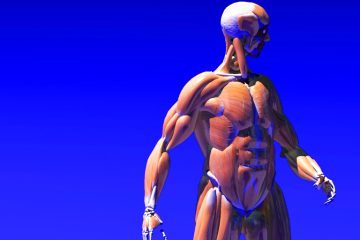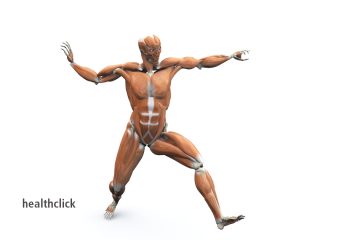What does this Heel pain and plantar fasciitis continuing education course provide? Do you ever see patients with plantar fasciitis? Sometimes they just don’t get better. The research would indicate that 85% of the cases diagnosed as plantar fasciitis are not plantar fasciitis at all. The only way you will figure that out is through an adequate differential diagnosis program for the foot and ankle. Learn how to differentiate what plantar fasciitis is, what other causes of heel pain are, how to treat them, and how to get your patient back to function.
Heel Pain and Plantar Fasciitis Differential Diagnosis
This Heel pain and plantar fasciitis continuing education course, Examination and Treatment of the Foot and Ankle provides a comprehensive approach to the differential diagnosis of foot and ankle dysfunction; this demonstration provides step-by-step palpation skills to differentiate heel pain.
Motions that Decrease Heel Pain Symptoms
Heel pain syndrome would be painful at the medial calcaneal tuberosity.
With heel pain syndrome, two motions would decrease the symptoms to rule IN the diagnosis.
- At relax palpation pain here. Extend the toes and palpate. The pain will resolve or significantly reduce. This is because the plantar fascia has become taut and bowstringed, and subsequently, you cannot palpate into the intrinsic musculature, which is the primary tissue of concern.
- Similarly, when you find pain at the medial calcaneal tuberosity, you will also find that a reduction in the dorsal direction of the cuboid will resolve all palpatory symptoms.
Key Palpatory Findings for Heel Pain and Fasciitis
Key palpatory findings of the foot and ankle are demonstrated in this short video from the PT course on heel pain. The foot is truly a biomechanical structure; subsequently, the findings are easily reproducible. The key findings at the medial calcaneal tuberosity are historically pain associated with heel pain syndrome, which is intrinsic tendinopathy.
- Pain in the calcaneus’s center portion is typically associated with fat pad atrophy. If this is true, then fat pad sequestration will resolve the symptom.
- With medial calcaneal tuberosity, if that is painful, the toe extension will resolve the symptom.
- Plantar fasciitis hurts in the medial band of the plantar fascia. Palpation produces an increase in symptoms, and palpation with toe extensions produces an increase in symptoms.
- Lastly, pain along the medial side of the heal, at this point, medial calcaneal tuberosity, this is slightly proximal and slightly distal, palpation here producing pain into the digits. It is historically associated with the first branch of the lateral plantar nerve entrapment. That is on the medial side of the foot at the first branch of the lateral plantar nerve.
Heel pain and plantar fasciitis continuing education course, a Comprehensive Series of PT courses

The Healthclick All Access Online Series contained in our new All Access Annual Subscription contains a variety of orthopedic courses to Improve heel pain, plantar fasciitis, and overall function. Check out some other courses within the orthopedic series:
Examination and Treatment of the Hip Joint
The Biomechanics of Running: Everything is Connected in the Kinetic Chain
The Science of Taping: Determining Effective Techniques for Specific Diagnoses
Learn more about our All Access Annual Subscription
References
Morrissey D, Cotchett M, Said J’Bari A, et al. Management of plantar heel pain: a best practice guide informed by a systematic review, expert clinical reasoning and patient values British Journal of Sports Medicine 2021;55:1106-1118.
Cotchett, M., Rathleff, M.S., Dilnot, M. et al. Lived experience and attitudes of people with plantar heel pain: a qualitative exploration. J Foot Ankle Res 13, 12 (2020).
Jason Rogers, Graeme Jones, Jill L. Cook, Karen Wills, Aroub Lahham, and Tania M. Winzenberg, Chronic Plantar Heel Pain Is Principally Associated With Waist Girth (Systemic) and Pain (Central) Factors, Not Foot Factors: A Case-Control Study, Journal of Orthopaedic & Sports Physical Therapy 2021 51:9, 449-458

